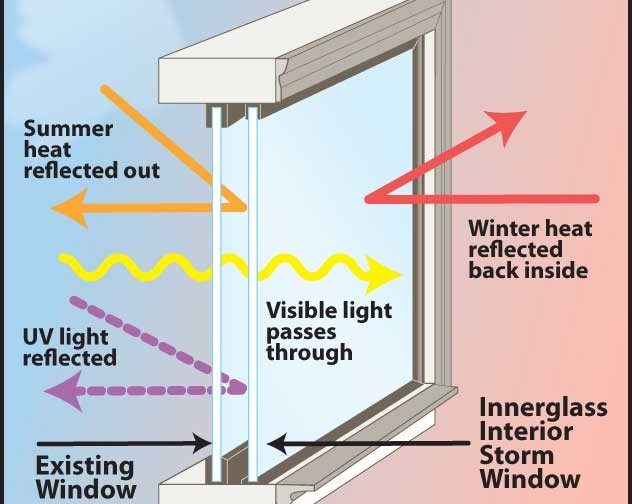All Categories
Featured
Table of Contents
Home Window Glazing - Sustainability Victoria in Heathridge Perth
Glazing simply means the windows in your house, including both openable and fixed windows, along with doors with glass and skylights. Glazing really just means the glass part, however it is normally used to describe all elements of an assembly including glass, movies, frames and furnishings. Taking notice of all of these elements will help you to attain reliable passive style.

Energy-efficient glazing makes your house more comfortable and drastically reduces your energy expenses. Improper or improperly designed glazing can be a significant source of unwanted heat gain in summer and considerable heat loss and condensation in winter. Up to 87% of a home's heating energy can be gotten and as much as 40% lost through windows.
Enjoy Your Summer More With Double Glazed Windows in Osborne Park Perth
Glazing is a considerable financial investment in the quality of your home. A preliminary investment in energy-efficient windows, skylights and doors can significantly lower your yearly heating and cooling bill.

This tool compares window choices to a base level aluminium window with 3mm clear glass. Understanding a few of the crucial residential or commercial properties of glass will help you to select the finest glazing for your home. Key homes of glass Source: Adapted from the Australian Window Association The quantity of light that passes through the glazing is known as visible light transmittance (VLT) or noticeable transmittance (VT).
Diy Double Glaze in Bull Creek WA
This might lead you to switch on lights, which will lead to greater energy costs. Conduction is how readily a material carries out heat. This is understood as the U worth. The U worth for windows (expressed as Uw), describes the conduction of the whole window (glass and frame together). The lower the U worth, the greater a window's resistance to heat flow and the much better its insulating value.
If your home has 70m2 of glazing with aluminium frames and clear glass with a U worth of 6. 2W/m2 C, on a winter's night when it is 15C cooler outside compared with indoors, the heat loss through the windows would be: 6. 2 15 70 = 6510W That is equivalent to the total heat output of a big space gas heater or a 6.
Twinglaze® Double Glaze Specification Act - Vic in Seville Grove Western Australia
If you choose a window with half the U worth (3. 1W/m2 C) (for instance, double glazing with an argon-filled gap and less-conductive frames), you can cut in half the heat loss: 3. 1 15 70 = 3255W The solar heat gain coefficient (SHGC) for windows (revealed as SHGCw) determines how readily heat from direct sunlight streams through a whole window (glass and frame together).
The lower a window's SHGC, the less solar heat it transfers to your house interior. Glazing makers declare an SHGC for each window type and style. However, the real SHGC for windows is affected by the angle that solar radiation strikes the glass. This is called the angle of incidence.
Buy Double Glazed Upvc Sliding Doors In Sydney in Bertram WA
When the sun is perpendicular (at 90) to the glass, it has an angle of occurrence of 0 and the window will experience the optimum possible solar heat gain. The SHGC declared by glazing manufacturers is always calculated as having a 0 angle of occurrence. As the angle increases, more solar radiation is reflected, and less is transmitted.
Table of Contents
Latest Posts
Benefits Of Having Double Glazing Windows In The Summer in Westfield Western Australia
Does Double Glazing Have A Vacuum? in Greenmount WA
The Science Behind Double Glazed Windows in Kenwick Perth
More
Latest Posts
Benefits Of Having Double Glazing Windows In The Summer in Westfield Western Australia
Does Double Glazing Have A Vacuum? in Greenmount WA
The Science Behind Double Glazed Windows in Kenwick Perth